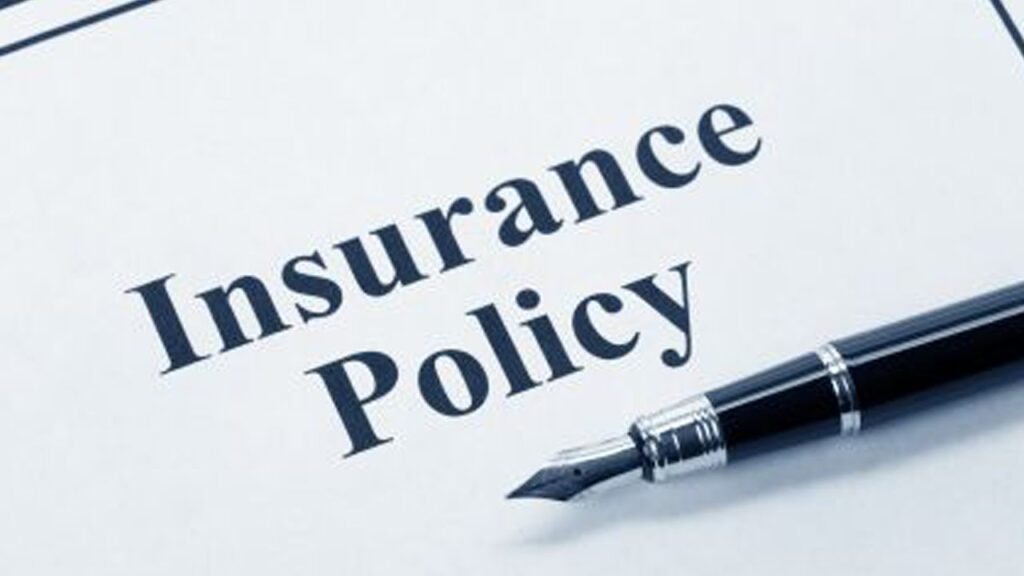Insurance claims, one of the most critical components of claims management, is understanding and investigating policy limits. Policy limits define the maximum amount an insurer will pay for a covered loss, and properly evaluating these limits is crucial to protecting both the insurer and the insured.
Policy limit investigations ensure claims are managed efficiently, potential exposures are identified early, and settlements align with contractual obligations. This article explores the key steps involved in policy limits and best practices for executing them effectively.
Understanding Policy Limits
Before diving into the investigative process, it is essential to understand what policy limits are and why they matter. Insurance policies include a specified coverage limit for each type of risk or claim. These limits can be structured in various ways:
Per Occurrence Limit: The maximum amount payable for a single claim or incident.
Aggregate Limit: The total amount payable for all claims during the policy period.
Sublimits: Specific caps within broader coverage categories, such as medical payments or property damage.
Misunderstanding policy limits can lead to either underpayment of legitimate claims or overexposure for the insurer. Policy limit investigations help clarify these parameters, ensuring claims are managed appropriately.
Key Steps in Policy Limit Investigations
1. Policy Review and Documentation
The first step in any policy limit investigation is a thorough review of the insurance policy. This includes analyzing:
- Declarations pages
- Coverage forms and endorsements
- Exclusions and conditions
- Deductibles and coinsurance clauses
Reviewing these documents ensures that investigators understand the scope of coverage, applicable limits, and any conditions that may affect the claim. Accurate documentation is also vital for maintaining transparency and supporting decisions if disputes arise.
2. Identification of Insured Parties and Coverage Layers
In complex claims, multiple insured parties and layers of coverage may exist. For example, a corporation may carry a primary policy along with excess or umbrella coverage. Investigators must:
- Identify all named insureds
- Determine the applicable coverage layers
- Review the interaction between primary and excess policies
This step prevents gaps in coverage analysis and ensures that potential exposures are fully understood. Neglecting to consider excess layers, for instance, can result in underestimating the available coverage.
3. Assessment of Claim Exposure
Once the policy and coverage structure are understood, investigators assess the potential exposure of the claim. This involves:
- Evaluating the nature and extent of damages
- Estimating potential settlement costs
- Considering third-party claims and litigation risks
Accurate exposure assessment is essential to determine whether the policy limits are adequate. Investigators may consult with adjusters, legal counsel, and subject matter experts to ensure all factors are considered.
4. Verification of Policy Limits and Coverage Applicability
After exposure assessment, the next step is verifying that policy limits apply to the claim. Investigators confirm:
- Whether the policy is in force at the time of loss
- Which coverage parts apply to the claim
- Any sublimits or exclusions that might restrict payment
Verification is particularly important in multi-claim scenarios or policies with overlapping coverage, as failure to confirm applicability may lead to disputes or payment delays.
5. Communication with Stakeholders
Effective communication is a critical aspect of investigations. Investigators should maintain clear, timely communication with:
- Insured parties
- Claims adjusters
- Legal counsel
- Reinsurance partners (if applicable)
Transparent communication ensures that all stakeholders understand the policy limits, potential exposures, and the investigative process. It also facilitates collaborative decision-making, especially in complex claims.
6. Documentation and Record-Keeping
Throughout the investigation, meticulous documentation is essential. Investigators should record:
- Policy details and limits
- Analysis of claim exposure
- Communications with stakeholders
- Rationale for coverage decisions
Proper documentation not only supports internal processes but also provides a defensible record in case of disputes or litigation. Well-maintained records reduce the risk of errors and enhance accountability.
7. Regular Review and Monitoring
Policy limit investigations are not always a one-time process. Claims may evolve, additional damages may be discovered, or settlements may be negotiated over time. Continuous monitoring ensures that:
- Coverage remains adequate
- Policy limits are not exceeded
- Adjustments can be made if new exposures arise
Regular review is particularly important in long-tail claims, such as environmental or professional liability cases, where losses may accumulate over months or years.
Best Practices for Policy Limits
1. Early and Proactive Investigation
Initiating a policy limits as soon as a claim arises is crucial. Early investigation allows insurers to:
- Identify potential coverage gaps
- Assess exposure before settlement negotiations
- Engage legal counsel proactively
Proactive investigation reduces the risk of surprises and enables more effective claims management.
2. Collaborative Approach
Policy limit investigations often involve multiple departments, including underwriting, claims, legal, and risk management. Collaboration ensures that:
- All relevant expertise is leveraged
- Conflicting interpretations of coverage are resolved
- Decisions are aligned with company policy and regulatory requirements
A collaborative approach also fosters consistency and reduces errors.
3. Use of Technology and Tools
Modern claims management systems and data analytics can significantly enhance policy limits. Tools may include:
- Policy management software to track coverage and limits
- Predictive analytics for exposure assessment
- Automated alerts for policy expiration or layer exhaustion
Leveraging technology improves efficiency, accuracy, and record-keeping.
4. Training and Expertise
Investigators should have specialized knowledge in insurance policy interpretation, claims handling, and legal considerations. Ongoing training ensures they stay current with:
- Regulatory changes
- Industry best practices
- Emerging risks and complex coverage structures
Investing in expertise improves the quality of investigations and reduces the likelihood of disputes.
5. Independent Review and Audit
Conducting periodic independent reviews or audits of investigations ensures compliance with internal standards and industry best practices. Audits can identify:
- Documentation gaps
- Inconsistent application of policy limits
- Areas for process improvement
Independent review adds an additional layer of oversight and accountability.
Conclusion
Policy limit investigations are a cornerstone of effective claims management. By following structured steps, including policy review, exposure assessment, verification, stakeholder communication, and ongoing monitoring, insurers can ensure that claims are managed within contractual limits and potential exposures are mitigated. Best practices, such as early investigation, collaborative approaches, leveraging technology, continuous training, and independent audits, further enhance the effectiveness of these investigations.



